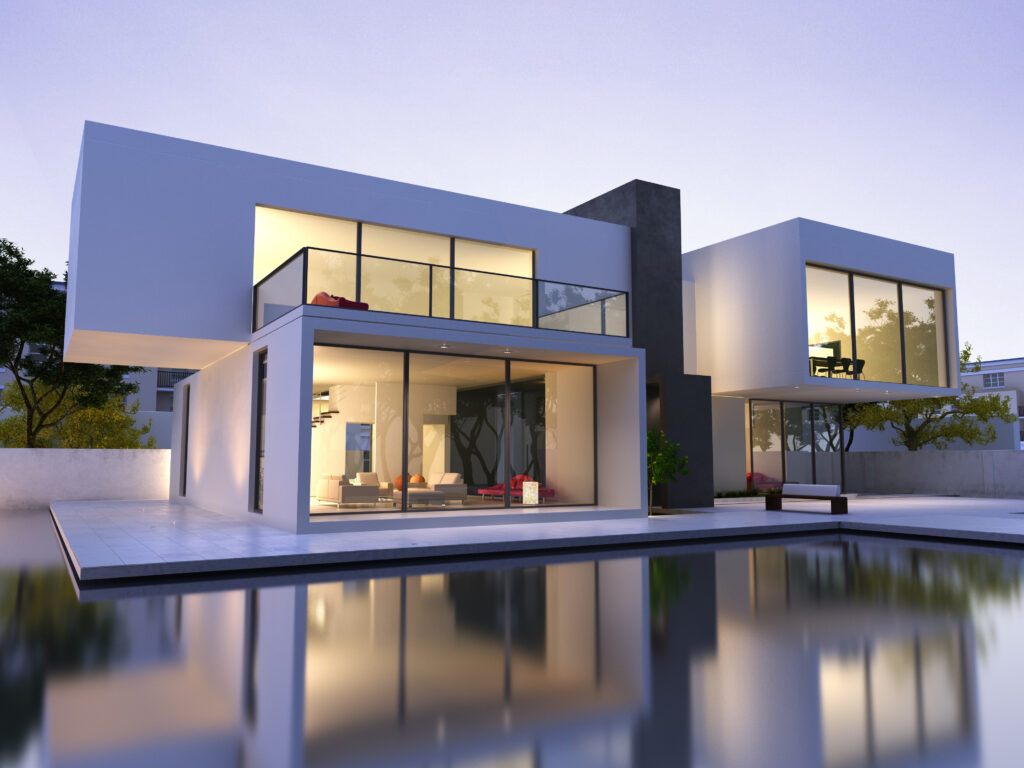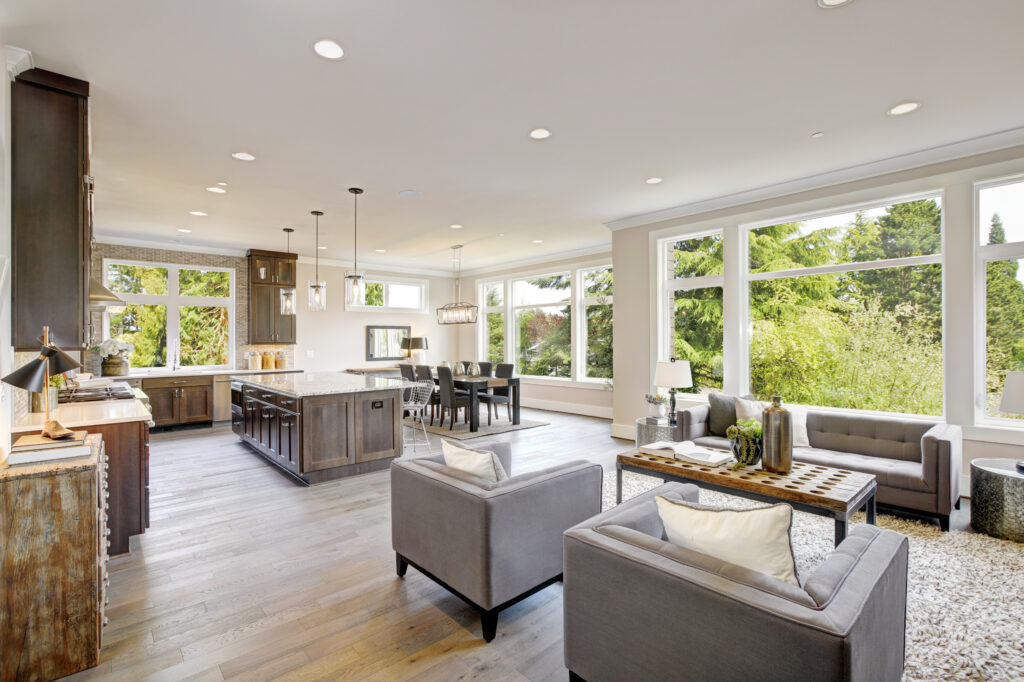…And Which Is Right For You?
Windows are an essential component of any building structure, allowing natural light to enter while also providing ventilation and insulation. The material used to make windows is crucial in determining their performance and durability. There are several different types of window materials available in the market, each with its unique features and advantages. In this article, we will discuss the most commonly used window materials and their characteristics.
Common Window Materials
Wood
Wood has been the traditional choice for window frames for centuries. It is a popular choice due to its natural beauty, durability, and insulating properties. Wooden windows are available in various species such as pine, oak, mahogany, and cedar. Each species has unique characteristics, such as grain pattern and color, which can be customized to match the building’s aesthetic.
One of the significant advantages of wooden windows is that they can be painted or stained to match the building’s interior and exterior. However, wooden windows require regular maintenance, such as painting, sealing, and staining, to protect them from moisture and decay. Today you will rarely see 100% wood windows being used with the exception of a historical home or building that needs to retain its authenticity.
Vinyl
Vinyl windows are the most popular choice for homeowners due to their affordability, low maintenance, and energy efficiency. Vinyl is a synthetic material made from polyvinyl chloride (PVC), a durable and long-lasting plastic. Vinyl windows are available in various colors, styles, and finishes and can mimic the look of wood or other materials.
One of the most significant advantages of vinyl windows is that they require minimal maintenance. They are resistant to rot, rust, and corrosion and do not require painting or sealing. Additionally, vinyl windows are excellent insulators, preventing heat loss and reducing energy costs.
Vinyl windows also tend to have the lowest cost of all of window materials. The price point and all of the aforementioned reasons make vinyl the most popular window material today.
Aluminum
Aluminum is a popular choice for commercial buildings due to its strength, durability, and low maintenance. Aluminum windows are lightweight and can be designed in various shapes and sizes. They are also corrosion-resistant and can withstand harsh weather conditions.

One of the most significant advantages of aluminum windows is their strength and durability. They are resistant to rust, rot, and corrosion and can last for many years with minimal maintenance and their strength makes them capable of very large windows. Standard aluminum is a poor insulator due to its conductive properties but, for an additional cost, one could get aluminum windows that are “thermally broken” or “thermally improved” for better energy efficiency.
Fiberglass
Fiberglass is a relatively new window material that is becoming increasingly popular due to its strength, durability, and energy efficiency. Fiberglass windows are made from a combination of glass fibers and resin, which are molded into lineals in a process called “pultrusion”. These lineals are then used to construct the window frames. They can be designed in various shapes and sizes and can mimic the look of wood or other materials.
One of the most significant advantages of fiberglass windows is their strength and durability. They are resistant to rot, rust, and corrosion and do not require painting or sealing since they are typically powder-coated. In addition to being excellent insulators, preventing heat loss, and reducing energy costs, fiberglass windows expand and contract at the same rate as the glass unit in the window. This translates to less stress on the glass unit and fewer seal failures than normal.
Clad Wood
Clad windows are made with a wooden frame that has the exterior clad with aluminum or vinyl; most often vinyl. Clad windows are designed to offer the best of both worlds, combining the beauty of wood with the durability and low maintenance of aluminum or vinyl.

A big advantage of clad windows is their versatility. They can be designed to match the building’s interior and exterior and can be customized to match the building’s aesthetic. You also get the benefit of the excellent thermal performance of real wood.
Which Window Material Is Right For You?
Choosing the right window material for your home is an important decision as it can impact energy efficiency, noise reduction, and overall aesthetics. There are several window materials available in the market, including vinyl, clad wood, aluminum, and fiberglass composite. Each material has its own advantages and disadvantages, and the choice ultimately depends on your personal preferences, budget, and climate. In this article, we will compare the most common window materials and help you choose the best one for your home.
When choosing the best window material for your home, there are several factors to consider, including:
- Climate: If you live in a cold climate, you may want to choose a window material that offers good insulation, such as wood or fiberglass. If you live in a hot climate, you may want to choose a window material that reflects heat, such as aluminum.
- Energy Efficiency: Look for windows that are ENERGY STAR certified, which means they meet the energy efficiency guidelines set by the Environmental Protection Agency (EPA). Windows with double or triple panes, low-E coatings, and gas fills are more energy-efficient than single-pane windows.
- Maintenance: Consider how much time and money you are willing to spend on maintaining your windows. Vinyl and fiberglass windows require minimal maintenance, while wood windows require regular painting or staining to prevent rot or insect damage.
- Aesthetics: You can choose a window material that matches the architectural style of your home as it is or take the opportunity to completely change the look of your home. For example, going from wood windows in a traditional home to sleek fiberglass or aluminum.
- Budget: Window costs may not be the number one item on your list, but it’s always on the list somewhere. Consider which materials are within your price range before you fall in love with a window that may stretch your budget too far.

